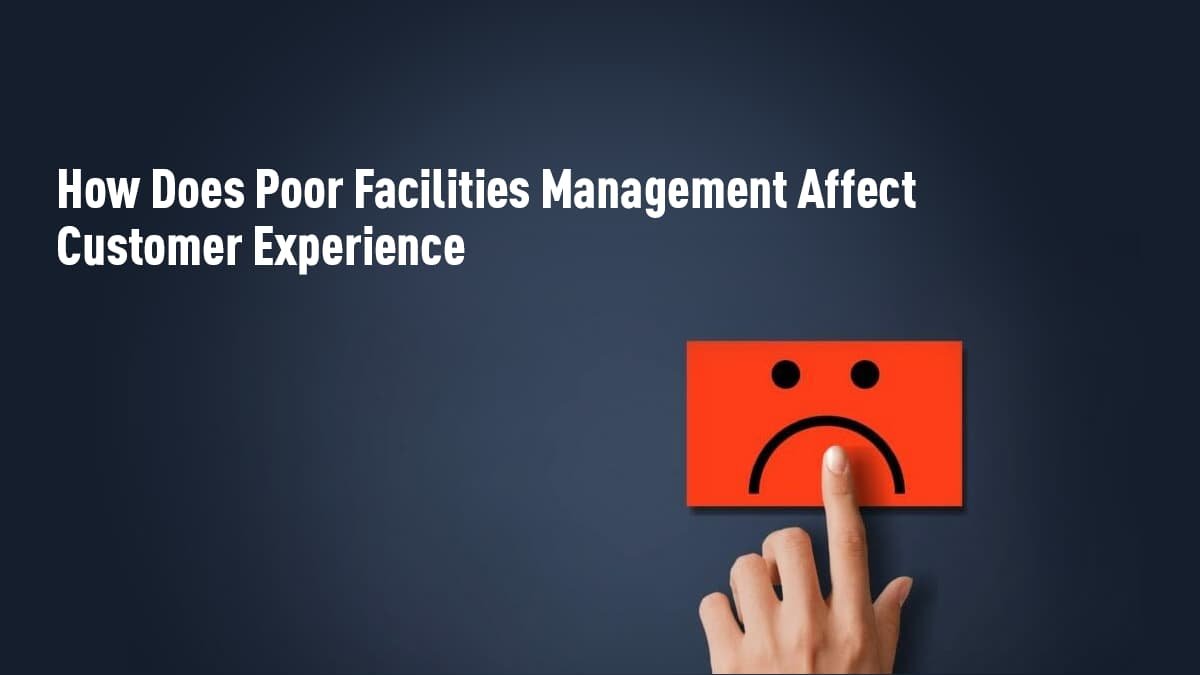
How Does Poor Facilities Management Affect Customer Experience
The customer experience in Facilities will differ between attracting more customers or alienating already existing customers. Managers need to understand why customer experience shapes the management of facilities and how customer interactions management can be used to enhance the conditions of facilities. Bad cleanliness and efficiency of the services are related to the highest customer dissatisfaction.
Furthermore, poorly managed facilities raise the risk of customer injuries and the overall maintenance costs. With worsening conditions, maintenance needs become increasingly serious and complex. Also, minor concerns, variations in custodial services, have had major impacts on customer retention and satisfaction. The findings show the possible effect on customer service even if a poor facility management does not cause direct damage.
Customer experience and reviews creates the brand Value
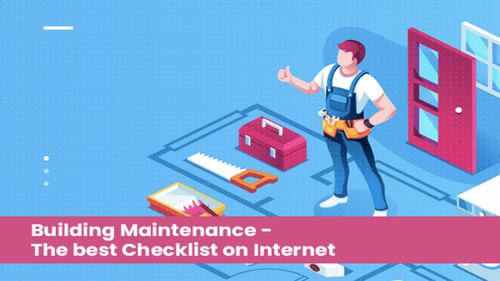
In comparison to bad interactions, strong client experience provides a lot of knowledge about a company's success and does not work properly. The best way to assess the importance and priority criteria is to provide customer input. If something detrimental affects the interactions of consumers, it should be promptly handled.
This can include specific maintenance needs such as broken and loosened tiles, emergency preparation and reduction of disturbances in business hours. Given that the customer experience is the key part of every business, it can help focus on facility management to prioritise maintenance needs and to ensure that you make the right decisions.
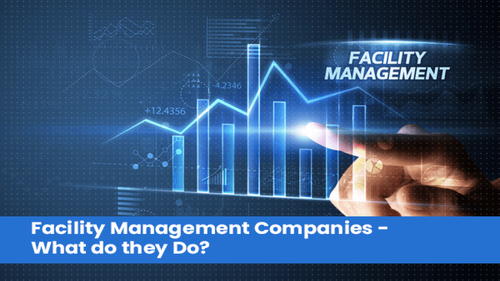
Poor Facilities Management Increases Product Costs: Regardless of the business, inadequate management of facilities raises the facility and assets' overall cost ownership. This leads to lower profit margins, which causes rises in the price of commodities to compensate for the lack of profits. Whilst this can seem unconnected with customer experience, consumers leaving their business to a rival make up part of the negative experience. How will they, after all, have a good experience without any training?

Bad management of facilities can increase the risk to customers: Consider handling bad facility management in a restaurant. The refrigerators might be warmer than appropriate. Hot food may start to cool while waiting to be served, and other factors may contribute to the growth of harmful bacteria that cause foodborne illness. Although the customer does not initially complain, illness may result in the filing of civil suits against the restaurant, as well as a backlash against social media and regulatory bodies, such as the Health Department.

Weak standards can lead to injury on site: When entering the building, the organisation needs to secure customers and team members. If there are issues, such as a running toilet, the risk of harm from injuries increases. A slip can become an expensive legal fight easily.
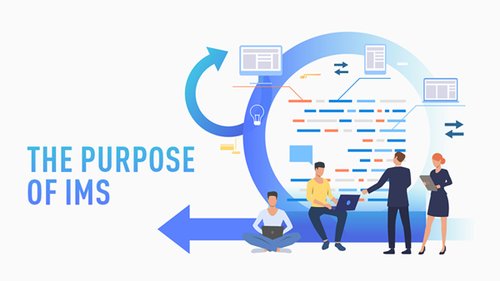
Customers are looking for comfort!: This is the most effective way to influence consumer interactions with bad facility management. If infrastructure such as plumbing, HVAC, lighting system or electrical equipment fail, consumers will not be happy. Customers' convenience is everything. Your facility should allow customers to stay longer and encourage them to spend more on their goods or services. Poor management of facilities will lead to malfunctioning, forcing the clients out of their door and into their competitors' arms.

Bad facility management increases tension for employees: If the facilities are not in tip-top form, employees may not be able to provide the best possible service. As stress increases, employees may release stress in the form of client hostility. This can have a long-term adverse effect on the reputation of your brand.
Causes of poor facility management

Insufficient funds and services may be traced to a significant cause of bad facility management. These services shall include financial and human capital. This involves a lack of facilities managers for certain organisations. However, this statement is unique in the light of the fact that organisations, including entities that train property experts, are considered to have weak construction outlooks and display signs of poor facility management.
Budget constraints on the amount to be spent on maintenance, lack of information on the maintenance of property by the facility manager, and the delayed maintenance attitude of the facility owners and managers have also been described as some of the causes of poor management between institutions.
Maintenance as part of facilities management by the FM service provider is typically given a lower priority in capital budgeting. To a significant degree, certain institutions do not have funds dedicated to maintenance, repairs and major renovations. They also agreed that the management of the facility was not given a higher priority and, as a result, maintenance tasks were deemed to be discretionary and thus deferrable. The consequences of this low maintenance priority have been shown by poor facilities management.
Sometimes, poor facility management can be associated with inadequate facility management planning and funding. Weather factors often speed up the ages and degradation of the facility and the resulting delayed maintenance is also known to cause poor management of the facility. Some companies tend to concentrate on the potential capital needs of their movable assets and lack a comparable facility planning (non-current asset) and have identified one of the causes of poor facility management.
Lack of awareness of the maintenance effect as part of facility management and the need to allocate sufficient funds to meet these needs are also a cause of weak facility management in institutions.
Impact of poor facility management

Weak facility management is one of the incompetent methods used by a range of organisations around the world in the field of finance and facilities aesthetics. Researchers in the sector have reported a variety of results. Pressure on future financial budgets, increased safety risks, poor quality to customers of the facility, exorbitant potential costs in attempting to fix facility management mistakes and inadequate service delivery have been described as some of the consequences of bad facility management.
Bad facility management has a detrimental financial impact on organisations. These researchers have also found that large amounts of money are frequently spent on the maintenance of incorrect facilities in the future. This is mainly due to the effects of delayed maintenance. Health and safety risks are some of the results of inadequate facilities management. Deferred maintenance as part of facilities management also leads to deterioration of some machinery, raising the risk of tetanus and building collapse. The cost of inadequate facility management has resulted in a variety of health and safety risks and, in the worst cases, loss of life.
Bad facility management can lead to building defects and a limited economic life of construction. Buildings are subject to wear and tear or structural deterioration in response to their maintenance incompetence, which is often reflected in poor facility management. Depreciation in its extreme state would reduce the economic life of buildings and make those buildings deteriorated or damaged. The effects are:
- The delay in response to maintenance was identified by the maintenance teams to be creating recipes for disasters in anticipation of collapse or other hazards.
- Maintenance delays were liable to cause financial erosion to both the schools and the central government.
- The attitude of the poor facilities maintenance led to the abandonment, malfunctioning and non-use of the extremely derelict buildings.
- The estimated cost of restoring the buildings to the required standard of serviceability and habitation been nearly the estimated cost of constructing two new buildings
- The poor facilities management also gloomed the visual outlook and aesthetic impressions of the concerned buildings.
- The effects of the poor facilities management was also seen to be creating a threat to the users of such dilapidated buildings. Those residing in such buildings put their lives at risk in cases of collapse.
Customer Satisfaction

Companies win or lose on the basis of the percentage of their customers they should have. Success is primarily about customer retention that depends again on the level of the CS. It would have been a great help to be able to assess the quality of goods and services in a rigorous manner by connecting quality measures to actual consumer behaviour. Customer satisfaction assessment (CSM)/customer experience measurement has become one of the most common treatments for managers and companies and comes from a wide range of sources.
Factors influencing customer satisfaction

Both the quality of services and the satisfaction of the customer have many definitions: quality is often interpreted as an attitude, while the customer's appraisal of the service and its satisfaction are considered to be a measure of the transaction. Either way, quality is the main construct forming satisfaction and making the background of the customer's perceived value.
- Service Quality: Quality is objective when it is related to external tangible features. Subjective quality is rated when a customer’s imagination, personal experiences, emotions, expectations and attitudes are taken into account. The most common reason for dissatisfaction is the difference between an objective and the subjective evaluation of quality
- Quality Dimensions of FM services: Facilities management is oriented towards the production of a service, and thus its value to the enterprise can be difficult to describe in specific terms; there is no end product that can be managed and displayed to the consumer. The consequences of this intangibility can be far-reaching, particularly in terms of the client's evaluation of the performance of the facility department. The assessment of facilities services is likely to revolve around the client’s perception of the service received compared with the client’s expectation of the service.
- Communications style and emotions: A service employee’s or provider’s communication style is likely to affect the quality of the service encounter by Influencing the customer’s impression of the provider and the service firm. To enhance service delivery, employees are supposed to be approachable, arm, friendly, and helpful and display a positive attitude.
Customer Satisfaction Measurement (CSM)

Customer satisfaction is the key factor determining how successful an organisation will be in customer relationships; therefore, it is very important to measure it. It is also important to note that
- Satisfied customers are more likely to share their experiences with other people, even up to five or six people. In the same vein, dissatisfied customers are more likely to tell ten other people of their unfortunate experience.
- Furthermore, it is important to realise that many customers do not complain, and this will differ from one industry sector to another.
- Lastly, if people believe that dealing with customer satisfaction/ complaints is costly, they need to realise that it costs as much as 25 per cent more to recruit new customers.
Satisfied customers are more likely to return to those who have helped them, and dissatisfied customers are more likely to go elsewhere next time. The key to organisational survival is the retention of satisfied customers. Loyalty of customers is a function of satisfaction, and loyal customers spend more on your products and services, encourage others to buy from you and believe that what they buy from you is worth what they pay for it.
How to Use Customer Experience Management in Your Facility

- Leverage customer intelligence: These are the data obtained on priorities and are instrumental in identifying new innovative models, describing Service Futures. It also offers a perfect means of benchmarking service performance and handling innovations.
- Implement Constructive Account Management Procedures to Enhance Efficiency and to improve customer service: Think of customers as an account. Facilities Managers need to know what clients are doing, what they expect and what they want as an end result when they leave. Account management addresses this need and goes beyond it with businesses serving as intermediaries between suppliers and customers. The same definition applies to restaurants and service-oriented companies as well. Every point of contact has a meaning.
- Do not ever stop improving: Facilities Administrators should use analytics, machine learning, artificial intelligence and the Internet of Things (IoT) to track and implement data in practical ways. Since all is about delivering the next-best experience, modern technology will and the burden of sifting data for insights, explains Service Channel.
How does the presence of physical facilities have an effect on the customer service?

Making a good impression is important to a company. Many consumers will quickly move to the nearest rival when they see dirty or disassembled facilities. Even if the state of your facilities does not have anything to do with how well you service your customers, the unsanitary and uncomfortable environment generates negative expectations and can lead customers to reject you out of hand.
- Effect: A lack of upkeep is asking consumers a few things. Next, it shows them you don't care what they're worried about. If you did, you would at least have made your facilities presentable. Second, it shows consumers that you're not paying attention to the specifics. For example, a restaurant that lets customers sit on dirty furniture is likely to pay much less attention to the kitchen that customers don't see. Third, lack of maintenance typically means cost-cutting, which could mean that your company doesn't have enough customers to be profitable. That tells the consumer that your product or service does not provide a lot of value.
- First impressions: It's not possible to study every business you employ or every product you purchase. As a result, customers also let their first impressions influence their business assessments. If your facilities are down and dirty, new customers could turn around and walk out of the door. And if they visit, they won't be able to pay a lot for your product or service.
- Discomfort: Poorly managed services often make consumers unhappy. Suppose, for example, that the lobby has dirty walls, torn seats and polluted air. Customers will not accept long waits in this climate, and if they do, they won't be positive about what your company will do for them. Failing to make your services at least presentable primes customers expect a negative experience that could permanently harm their view of your customer service.
- Pleasant ambience: Contrast the bad feelings generated by the poorly maintained facilities with the good feelings fostered by a clean and pleasant environment. When your facilities are in order, your customers know that you are in control of your business and that you pay attention to the details. A well-functioning business also indicates a steady stream of customers, increasing the likelihood that your company will be good at what it does. And the pleasant atmosphere puts customers in an optimistic mood and improves their perception of your customer service.
What Are the Risks in Poor Facilities Customer Experience?
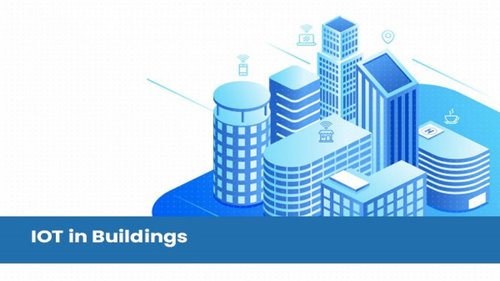
Poor customer experience in facilities derives from common factors that result in a sub-par experience. These factors may include lack of service, poor condition of facilities, limited amenities and a general sense of unwelcomeness. More significantly, dysfunctional customer experience as a result of poor facility management decreases brand value and gives rise to animosity. As more organisations seek to improve customer and visitor engagement, today's facility managers and owners need to start thinking about how aquatic features contribute to positive guest experiences.
Conclusion
Brand reputation and value is everything, and inadequate facilities management can make the best customer experience become a hellish nightmare. Stop letting poor facilities management practices ruin your brand’s longevity and value, and create a comfortable, inviting and above-expectation customer experience with better facilities management controls and practices.
Let's start with the simple way to create a website

Interested in Domitos? Get the Features Guide Today!
Domitos, is world's most sought after facility Management System and we look forward to work with. Digitize your facilities today!